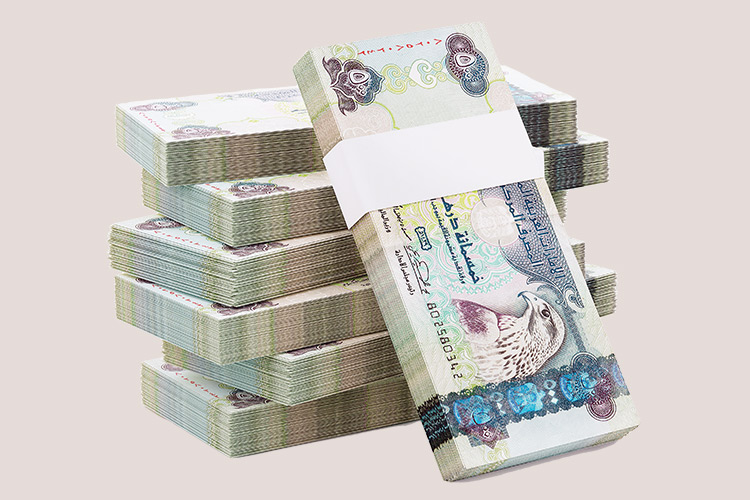In the world of currency trading, technical analysis plays a crucial role in helping traders make informed decisions. By studying historical price charts and market data, traders can identify patterns and trends to predict future price movements. In this article, we will explore the significance of technical analysis in currency trading and how it can be used to gain a competitive edge in the market.
One of the key advantages of currency trading in the UAE is the high level of liquidity in the market. This means that traders can buy and sell currencies quickly and easily, making it possible to enter and exit positions without significant slippage. Additionally, the UAE's timezone allows traders to take advantage of overlapping trading sessions in major financial markets, providing ample opportunities for profitable trades.
Understanding Technical Analysis
Technical analysis involves the study of past market data, primarily price and volume, to forecast future price movements. This analysis is based on the assumption that historical price movements tend to repeat themselves, and by identifying these patterns, traders can make more accurate predictions about future price trends.
Key Principles of Technical Analysis
- Price Discounts Everything: Technical analysis assumes that all relevant information is already reflected in the price of a currency pair. This means that the focus is solely on price movements and patterns, rather than external factors such as economic indicators or news events.
- History Tends to Repeat Itself: One of the fundamental principles of technical analysis is that historical price movements tend to repeat themselves. By studying past patterns and trends, traders can anticipate future price movements and make more informed trading decisions.
- Market Trends Exist: Technical analysis also acknowledges the existence of market trends, which can be identified through the analysis of price charts. By following these trends, traders can capitalize on potential opportunities for profit.
Benefits of Using Technical Analysis in Currency Trading
There are several advantages to incorporating technical analysis into your currency trading strategy. Some of the key benefits include:
Identifying Entry and Exit Points
- Technical analysis can help traders pinpoint optimal entry and exit points for their trades based on historical price patterns and trends.
- By identifying key support and resistance levels, traders can set stop-loss orders to limit potential losses and take-profit orders to secure profits.
Managing Risk Effectively
- Technical analysis allows traders to assess risk levels more accurately by analyzing historical price volatility and trends.
- By incorporating risk management techniques such as setting stop-loss orders and position sizing, traders can minimize potential losses and protect their capital.
Enhancing Decision-Making
- By using technical analysis tools such as chart patterns, indicators, and oscillators, traders can make more informed decisions about when to enter or exit trades.
- These tools provide valuable insights into market sentiment and momentum, helping traders anticipate potential price movements and adjust their strategies accordingly.
Common Technical Analysis Tools and Indicators
There are various technical analysis tools and indicators that traders can use to analyze market data and make trading decisions. Some of the most commonly used tools include:
Support and Resistance Levels
- Support levels represent price levels where a currency pair tends to find buying interest and reverse its downward trend.
- Resistance levels, on the other hand, indicate price levels where a currency pair faces selling pressure and struggles to break through to higher levels.
Moving Averages
- Moving averages are trend-following indicators that smooth out price data to identify the underlying trend.
- Traders use moving averages to confirm trends, identify potential trend reversals, and generate buy or sell signals based on crossovers.
RSI (Relative Strength Index)
- The RSI is a momentum oscillator that measures the speed and change of price movements.
- Traders use the RSI to identify overbought or oversold conditions in the market, which can signal potential trend reversals.
Conclusion
Technical analysis plays a vital role in currency trading by providing traders with valuable insights into market trends, patterns, and potential price movements. By incorporating technical analysis into their trading strategies, traders can make more informed decisions, manage risk effectively, and enhance their overall trading performance. Whether you are a beginner or experienced trader, understanding and utilizing technical analysis can give you a competitive edge in the dynamic world of currency trading.
